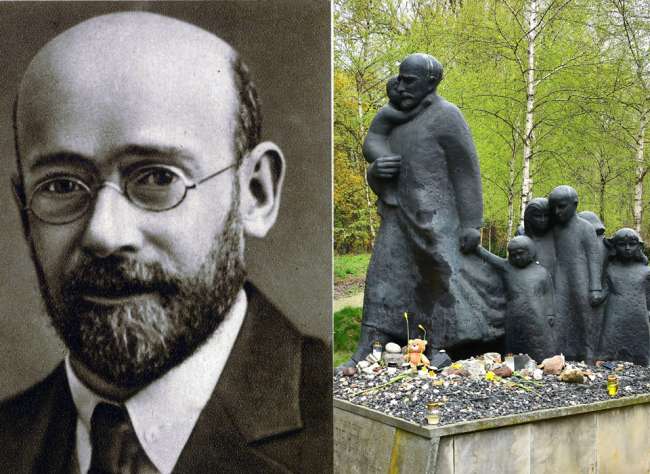Top image courtesy of the National Archives and Records Administration, 540139
Sixty million people died in the Second World War—more than in any other war before. The majority of those killed were civilians, and they lived on all continents. Nearly every human family felt scarred in some way by the war. The luckiest ones did not lose a loved one, but they still experienced dislocation and deprivation.
Millions of people did not have a home or a country after the war. Expelled from their former nations, many were unable to return. They were “displaced persons” who became refugees, often unwelcome, even in immigrant societies like the United States. Hundreds of thousands of European Jews who survived the Holocaust faced exile from their historic communities. They struggled to rebuild their lives in South America, Mexico, the United States, and Palestine—part of which became the state of Israel in 1948.
Struggling to re-settle, people around the world consumed less. In England, Germany, Russia, Poland, Japan, China, Korea, and other nations, large numbers of citizens remained undernourished for almost a decade after 1939. They had fewer clothes, less shelter, and more recurring ailments. Absenteeism from work and family duties was rampant, just as the necessary effort for survival increased. To say that life was very hard at the end of the war—even for those born wealthy—is an understatement.
Many of the world’s wealthiest cities—including Berlin, Prague, Dresden, and Tokyo—were reduced to rubble. Every industrial country, except the United States, came out of the war with its resources, agriculture, and manufacturing largely destroyed. In the abnormally frigid winter of 1945-46, once prosperous citizens starved; those fortunate enough to survive confronted a future of suffering and fear. The end of the war was little cause for celebration, even among the victors.
For Americans, in particular, World War II merged in their memories with the Great Depression. The generation of men and women who served abroad and at home (later called, somewhat nostalgically, “the greatest generation”) had lived through the deepest decline in the world economy during the decade before the war when more than a quarter of Americans lost their jobs and millions lost their farms. These children of the Depression recognized that economic difficulties had contributed to the appeal of violent dictatorships abroad, and they feared a return to similar difficulties and the rise of new dictatorships after the war.
The Soviet Union, in particular, had grown more dominant in the Eastern half of Europe with the defeat of Germany. Soviet leader Josef Stalin had been an American ally in the war, but he now threatened to exploit the difficult conditions of the postwar period by force and infiltration. His communist government had helped to defeat fascism, and he appeared poised to promote communism as an alternative to the democratic and capitalistic values that Americans had fought so hard to defend. The division of Germany and Austria into Soviet and allied (American, British, and French) sectors symbolized how the devastation of the war sparked new points of conflict.
In 1946 former British Prime Minister Winston Churchill vividly described an “Iron Curtain” separating West and East, with both sides on the precipice of another massive conflict, now including atomic weapons. No one wanted war, but the power vacuums in defeated countries and the struggle to control their future made peace hard to maintain. What observers called a “Cold War” emerged as the United States and the Soviet Union struggled to rebuild the places destroyed by the war.
As a consequence, Americans could not return to what the historian C. Vann Woodward called their traditional “free security.” After previous wars before World War II, Americans had demobilized rapidly, maintaining a very small and inexpensive peacetime military. The military remained divided between separate Departments of War—Army and Navy—and the United States had few foreign bases and almost no serious intelligence services. American citizens consistently resisted spending large sums of public money on their armed forces during peacetime. Historically, the United States was an economic, not a military, power.
American flag flying at half-mast in American military cemetery in Casablanca, Morocco circa 1943. The National WWII Museum, 2009.373.035
In the years after World War II, however, the United States had to abandon the traditions of anti-militarism that had served it so well. To maintain order in war-devastated areas and to deter Soviet advances, the United States built an unprecedented global peacetime military machine that included a massive Department of Defense, extensive covert intelligence capabilities (including the Central Intelligence Agency), a growing nuclear arsenal, and permanent military bases around the globe (and around the Soviet Union.) The United States also entered a series of alliances with foreign countries, guaranteeing their security through permanent deployments of forces abroad. American soldiers remained in Western Germany, Italy, Turkey, and Japan long after the end of World War II. The US Navy stayed deployed in all the world’s major seaways. For a country that had traditionally rejected alliances and large military deployments abroad, such changes were a shock to the system. General Dwight Eisenhower was one of many American leaders who believed this postwar posture was unsustainable.
The cost for American democracy was enduring. Although the United States emerged from World War II as the dominant economy in the world, it now had to carry the economy and security of numerous other societies, including former adversaries. The European Recovery Program, commonly called the “Marshall Plan,” passed by Congress in 1948 to rebuild Western Europe, would cost more than $12 billion in American taxpayer money. Through the North Atlantic Treaty, approved by Congress in 1949, the United States committed itself to the military defense of Western Europe, even at risk of nuclear war. Americans paid for the soldiers and weapons to fulfill this commitment until the 1950s when European partners had more resources to cover at least part of the costs.
A similar history applies to Japan. American forces occupied Japan until 1951. American taxpayers covered the costs, and the United States financed much of the domestic reconstruction of the country. Scholars estimate that between 1946 and 1951 the United States contributed more than $2 billion to rebuild schools, factories, and other institutions that the war destroyed. Americans diminished Japanese economic power and then paid to rebuild the former adversary as a necessary bulwark for capitalist development and communist containment in Asia. Americans had not forgotten or forgiven Japanese aggressiveness, but they recognized that it was necessary to help create a new country that would not go to war again, but would instead support peace and prosperity in the region.
At home, Americans created what scholars have called a “national security state” to manage postwar costs and commitments. The federal government used new taxing powers, particularly a historically high income tax, to pay for war preparations and reconstruction. With limited consultation from Congress, the president took on new powers to manage a large standing peacetime military. During the Korean War, less than five years after the end of World War II, President Truman sent American forces into combat without a congressional declaration of war, as mandated in the Constitution. Congress would never declare war again, ceding most war-making authority to the president.
Fears of another “red fascist” regime in the Soviet Union, and later anticommunist China, motivated Americans to tolerate restrictions on personal freedom in the name of security. After World War II, the federal government instituted loyalty oaths for public employees, and anticommunist paranoia led to the unfair treatment of thousands of American citizens, especially those from minority backgrounds. Most notorious was Senator Joseph McCarthy, a World War II veteran, who slandered and harassed suspected communist sympathizers with little evidence or due process. For those Americans who were “blacklisted” as a consequence of McCarthy, the cost of the World War II lingered for many years.
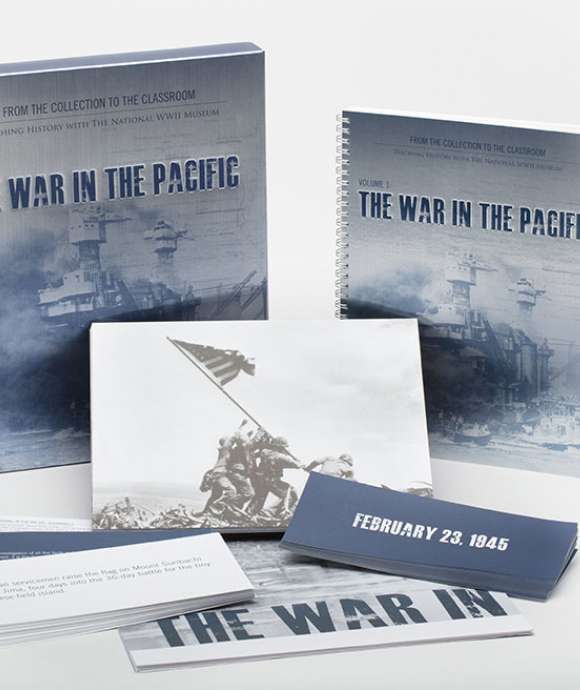
Like this article? Read more in our online classroom.
From the Collection to the Classroom: Teaching History with The National WWII Museum
As a whole, American society proved remarkably resilient. Although the costs of the war left marks deeply and personally across the land, the United States prospered from the dynamic resources the war had unleashed. Soldiers returning home went to college and purchased houses in larger numbers than ever before, thanks to the Servicemen’s Readjustment Act, also known as the “GI Bill.” Industry and agriculture expanded to serve the new markets opened up abroad. Americans emerged from the shadow of the Great Depression with a newfound confidence in their ability to prosper and lead.
Every other postwar society took longer to recover. Some never did. Britain and France lost most of their empires due to World War II. Germany, Italy, and Japan were conquered and occupied. The Soviet Union lost its most productive citizens—more than twenty million died in the war. Although the costs for the United States were grave, they were less debilitating, and they opened important opportunities. Americans sacrificed everything to defeat their enemies, but they gained a lot too.
As Americans returned home from the battlefields, the mix of sacrifice and opportunity set the stage for postwar growth. World War II destroyed the “Old World,” and it birthed what Henry Luce called “the American Century.”
Cite this article:
MLA Citation:
APA Citation:
Chicago Style Citation:
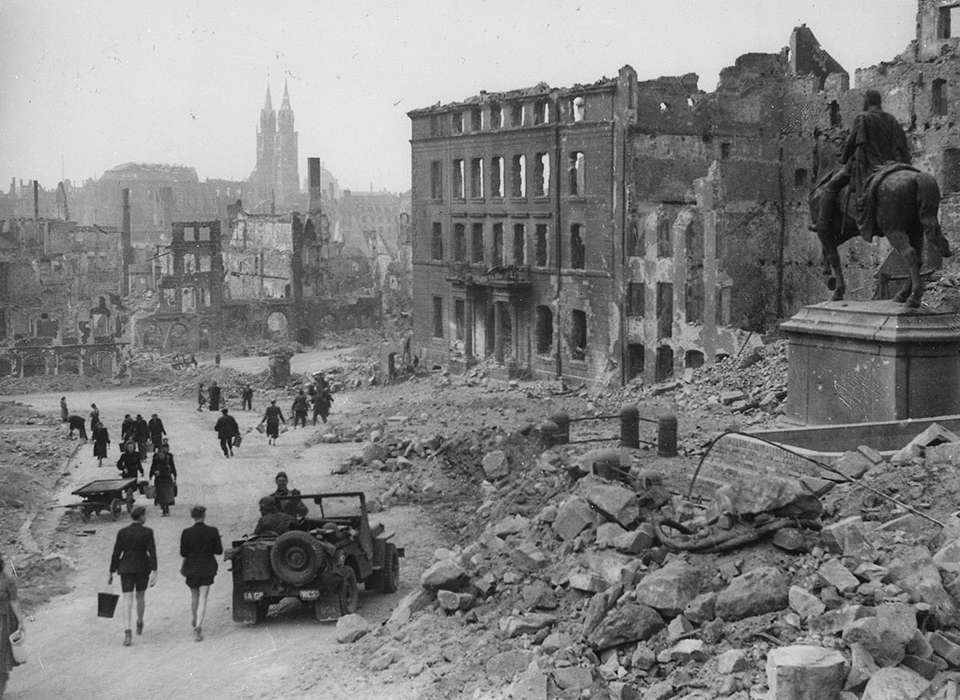
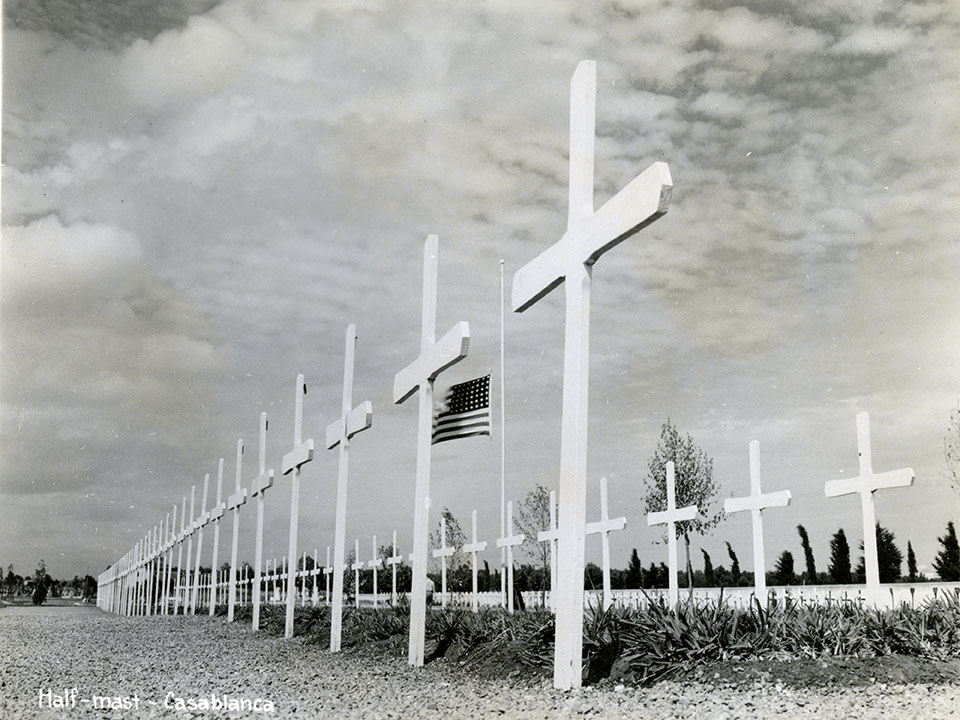
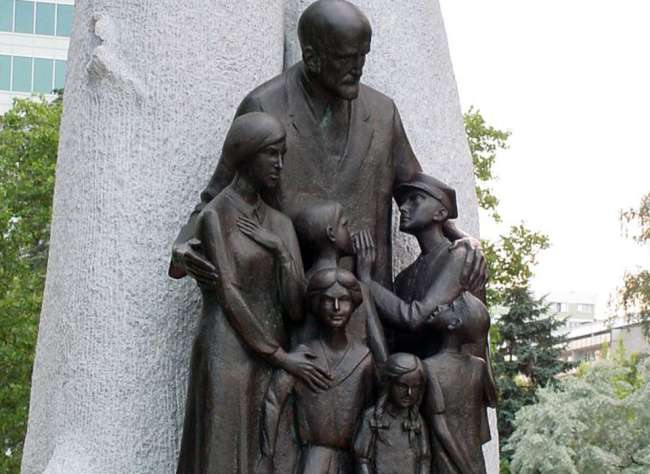
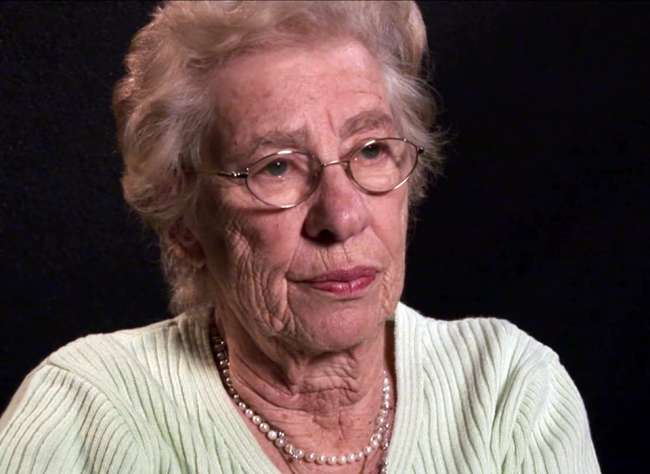
![Max Fuchs, New York City cantor, sings as Rabbi Sydney [sic] Lefkowitz, Richmond, VA, conducts the first Jewish services from Germany.](/sites/default/files/styles/max_650x650/public/2025-10/image1.jpg)


